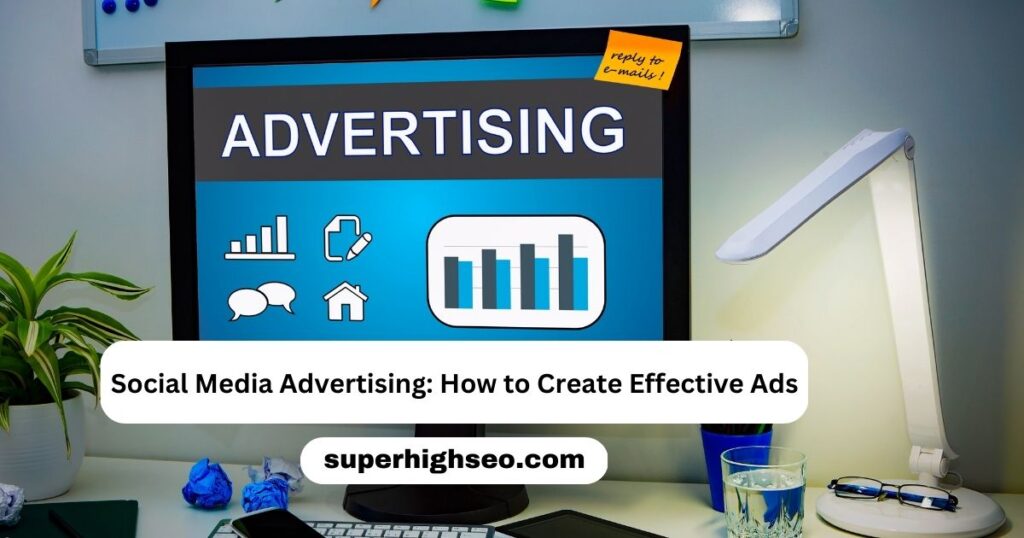
Social media advertising has become one of the most popular ways for businesses to reach their target audiences. With the vast amount of users on social media platforms like Facebook, Instagram, Twitter, and LinkedIn, it’s no wonder why so many businesses are turning to social media to advertise their products or services. However, creating effective social media ads can be a challenge, as you need to capture your audience’s attention in a limited amount of time. In this article, we will go over some tips on how to create effective social media ads, along with some examples to help illustrate these tips.
Know Your Audience
The first step in creating effective social media ads is to know your audience. Who are you trying to reach? What are their interests? What do they want or need? Understanding your audience will help you create ads that are more targeted and relevant to them, which can increase engagement and conversions.
Example: Let’s say you’re a clothing company targeting young women. Your audience might be interested in the latest fashion trends, pop culture, and social media influencers. By understanding these interests, you can create ads that feature trendy clothing items and influencers wearing your clothes, which will likely resonate with your audience.
Use Eye-Catching Visuals
Social media is a visual medium, so it’s essential to use eye-catching visuals in your ads. Whether it’s a striking image or an attention-grabbing video, your visuals should stand out from the clutter of other content on users’ feeds.
Example: A great example of using eye-catching visuals is the Instagram ad from Headspace, a meditation app. The ad features a vibrant and colorful animation of someone meditating, which immediately catches the viewer’s attention and conveys the app’s peaceful and calming benefits.
Use Compelling Copy
In addition to using eye-catching visuals, you also need compelling copy to accompany your ads. Your copy should be concise, clear, and persuasive, and should highlight the key benefits or features of your product or service.
Example: An example of using compelling copy is the Facebook ad from Grammarly, a grammar checker app. The ad’s headline reads, “Write Better Right Now,” which immediately grabs the viewer’s attention and highlights the app’s key benefit. The copy below the headline explains how the app works and why it’s valuable.
Highlight Your Unique Selling Proposition
Your unique selling proposition (USP) is what sets your product or service apart from the competition. Your ads should highlight your USP and explain why your offering is better than others on the market.
Example: An example of highlighting your USP is the Twitter ad from Dollar Shave Club, a subscription service for razors and grooming products. The ad’s headline reads, “Shave Time. Shave Money,” which highlights the company’s USP of offering affordable and convenient grooming products delivered right to your door.
Include a Call-to-Action
Your ads should always include a call-to-action (CTA) that tells viewers what action you want them to take. Whether it’s visiting your website, signing up for a free trial, or making a purchase, your CTA should be clear and compelling.
Example: An example of including a CTA is the LinkedIn ad from HubSpot, a marketing automation software company. The ad’s headline reads, “Streamline Your Sales Process,” and the CTA button reads, “Get Started for Free.” This clear and compelling CTA encourages viewers to sign up for a free trial of HubSpot’s software.
Test and Optimize Your Ads
Finally, it’s essential to test and optimize your ads to ensure they are as effective as possible. Experiment with different visuals, copy, and CTAs to see what works best with your audience. Analyze your ad performance data and make adjustments
